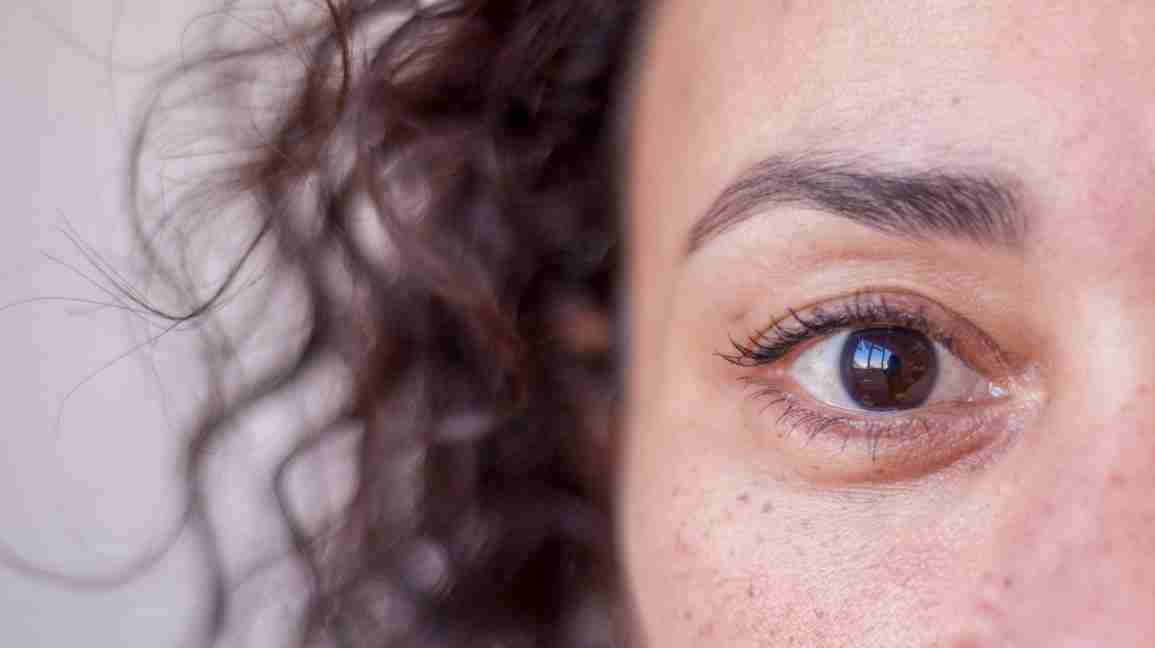Dry eye and blurry vision are two uncomfortable symptoms that can sometimes go hand in hand. Chronic dry eye itself is a common eye condition that affects over 5 million Americans every year.
When you have dry eye, blurry vision can just be a symptom of that condition. But having both dry, itchy eyes and blurry, unclear vision can also mean that there’s another health condition present.
This article will cover everything you need to know if you’re experiencing both symptoms.
Dry eyes and blurry vision are both symptoms of a condition called dry eye syndrome. Other common symptoms of dry eye syndrome include:
- redness
- itchy eyes
- eye pain
- a feeling like something is stuck in your eye
- light sensitivity (photophobia)
- blurred vision
Blurry vision itself doesn’t cause dry eye. When blurry vision occurs along with dry eye, it can indicate the presence of other health conditions, including lupus and Sjögren’s syndrome.
Dry eyes and blurry vision can be caused by several factors:
- Excessive screen time can make blurry vision and dry eye symptoms more likely.
- Contact lens use can trigger dry eyes and blurry vision.
- Dehydration can lead to decreased tear production.
- Your tears may dry too quickly to keep your eyes lubricated.
- You have a dietary insufficiency, such as vitamin A deficiency.
- An underlying autoimmune health condition such as rheumatoid arthritis or lupus can cause dry eye to develop.
- Certain medications cause dry eye symptoms as a side effect.
There are several ways you can treat dry eyes and blurry vision.
Eye drops
First line treatment for chronic dry eye is typically over-the-counter (OTC) eye drops, called artificial tears.
If OTC options don’t work to manage your symptoms, your doctor may recommend a prescription-strength eye drop option.
Lifestyle changes
Quitting smoking or vaping, reducing screen time, and drinking more water may all contribute to keeping your eyes hydrated.
Nutritional supplements
Vitamin A and omega-3 fatty acids can both decrease inflammation and contribute to overall eye health.
Home remedies
Applying a warm compress and resting your eyes for hours at a time are just some of the home remedies you can use to try to manage symptoms of dry eye.
When to see an eye doctor
You should get treatment from an eye care specialist if you experience any of the following symptoms:
- yellow or green discharge coming from your eye, indicating an infection
- weeping from your eye that you can’t stop or control
- headache, nausea, or fever that appears along with blurry vision or eye pain
- frequent headaches
- consistent difficulty seeing things at a distance
- consistent difficulty seeing things close up
To prevent symptoms of dry eye, follow this list of best practices:
- Limit your screen time each day.
- Drink plenty of water so you don’t get dehydrated, aiming for eight eight-ounce glasses every day
- Avoid smoky or dry environments.
- Get plenty of sleep, about 7 to 8 hours per night.
- Use a humidifier in your bedroom to add moisture to your environment.
- Wear wraparound sunglasses to protect your eyes from sun glare.
If you have contact lenses, you may need to take additional steps to prevent dry eye. Dry eye is one of the most common side effects of contact lenses.
Choose a contact lens that’s manufactured with dry eye in mind, and choose a contact solution that your doctor recommends for dry eye.
Make sure you are changing your contact lenses as often as recommended to keep your eyes lubricated.
Dry eye and blurry vision can be symptoms of chronic dry eye. Chronic dry eye is treatable, and there are lots of options for lifestyle changes and home remedies that can help manage your symptoms.
If you’re concerned about dry eye and blurry vision, you should make an appointment with your eye dcotor to discuss treatment options and possible underlying conditions.




